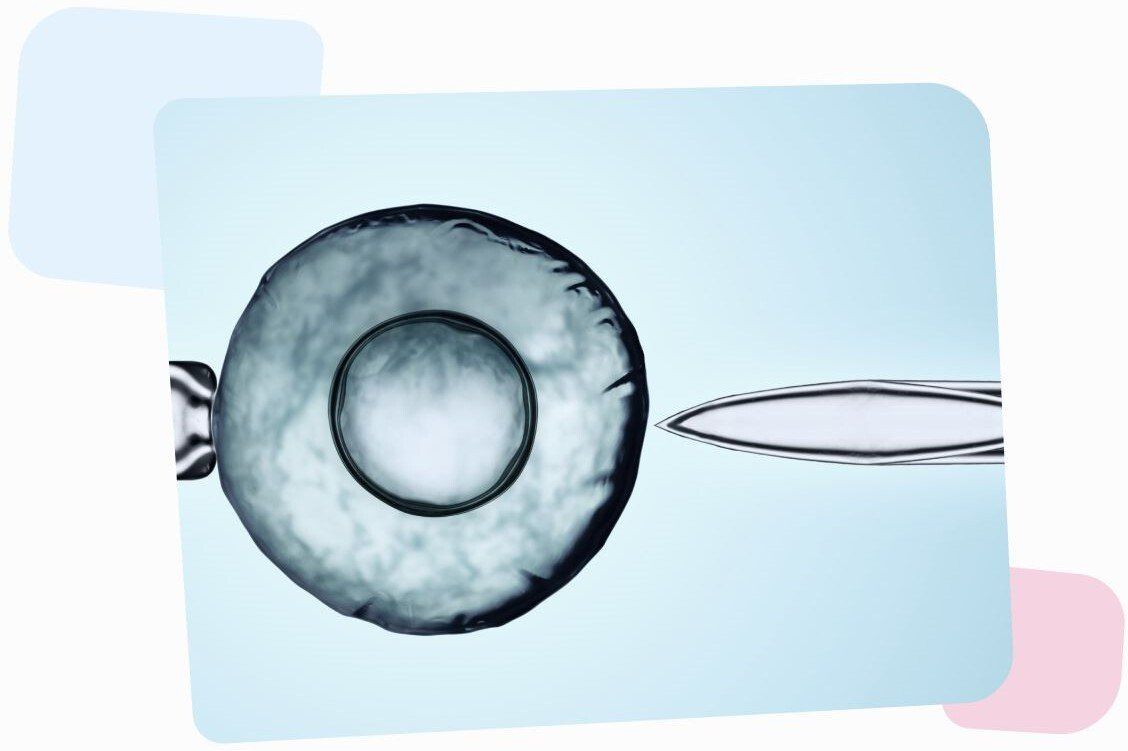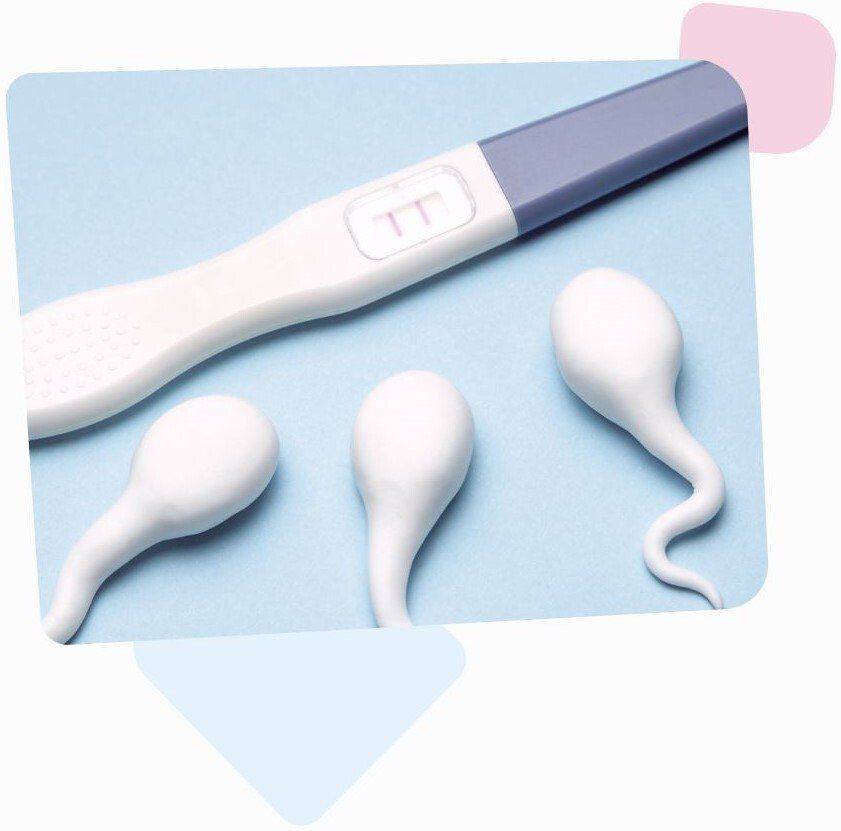Home I For Recipients I Embryo Guarantee
Guarantees on Each Cohort of Eggs
You won’t get only eggs – you will get the embryo guarantee.
Ovoria egg donor bank has elaborated transparent guarantees system on vitrified donor oocytes. We guarantee 80% of survival rate for the set of 6 oocytes. 2 embryos are guaranteed for the set of 8 oocytes, and 3 embryos for 12 oocytes respectively.
| Vitrified oocytes from one donor for the IVF treatment | Guarantee of obtained material for the IVF treatment* |
|---|---|
| Up to 6 oocytes | 80% of the oocytes survival rate |
| 8 oocytes | 2 embryos of day 3 or 1 blastocyst АА / АВ / ВА / ВВ quality |
| 12 oocytes | 3 embryos of day 3 or 2 blastocysts АА / АВ / ВА / ВВ qualities |
* a prerequisite - fertilization of all received after thawing material
** photo of thawed oocytes and thawed embryos / blasts to the claim form must be sent
*** following the KITAZATO method is recommended
To qualify for this guarantee program, the following criteria are required:
- Semen parameters (on the day of sperm thaw) require > 5 million total motile sperm with a morphology of 2% or higher (Kruger strict criteria). Sperm will be checked at the time of egg warming/sperm thaw (prior to ICSI) to verify that it meets the required criteria.
- No surgical procedures that require MESA, TESE or TESA.



